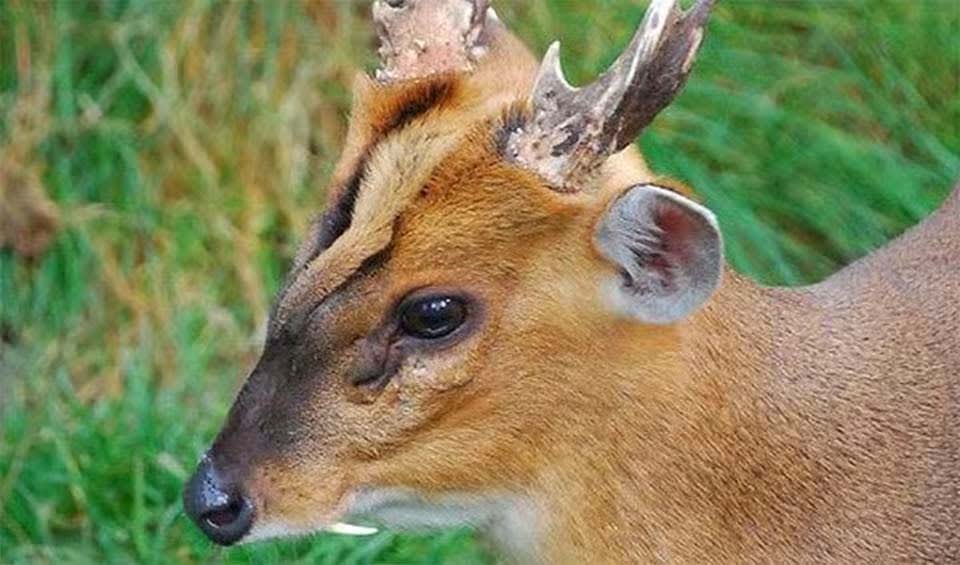Despite its common name, the water chevrotain is neither a mouse nor exclusively aquatic; it is a small ungulate with a closer relation to deer than rodents. This nocturnal animal possesses a remarkably acute sense of smell. This vital adaptation enables it to navigate the complex forest environment and detect predators, food sources, and mates during its nightly forages.
Characterized by their compact bodies, water chevrotains have a unique appearance with reddish-brown fur interspersed with white spots and stripes, which serve as camouflage in the dappled light of the forest floor. They have relatively long, thin legs and hoofed toes, adaptations that allow them to move swiftly through both terrestrial and aquatic environments. When threatened, they can take to water, using rivers and streams as escape routes from predators.
The diet of the water chevrotain is primarily herbivorous, consisting of fallen fruits, leaves, and plant shoots. However, their dietary habits are opportunistic. They have been known to consume insects and crabs and occasionally scavenge on meat and fish, highlighting their adaptability to the available resources within their habitat. This dietary flexibility is crucial for survival in the diverse ecosystems they inhabit.
One interesting behavioral trait of water chevrotains is their habit of holding their heads down while walking. This posture aids in navigating through the underbrush and avoiding detection by predators. Despite their small size, water chevrotains are adept at moving silently and inconspicuously through their dense forest habitat.
Distribution
 Cameroon
Cameroon Central Af. Rep.
Central Af. Rep. Congo-Brazzaville
Congo-Brazzaville Côte D’ivoire
Côte D’ivoire DR Congo (Kinshasa)
DR Congo (Kinshasa) Equatorial Guinea
Equatorial Guinea Gabon
Gabon Ghana
Ghana Guinea
Guinea Liberia
Liberia Nigeria
Nigeria Sierra Leone
Sierra Leone Togo
TogoAnything we've missed?
Help us improve this page by suggesting edits. Glory never dies!
Suggest an editGet to know me
Terrestrial / Aquatic
Altricial / Precocial
Polygamous / Monogamous
Dimorphic (size) / Monomorphic
Active: Diurnal / Nocturnal
Social behavior: Solitary / Pack / Herd
Diet: Carnivore / Herbivore / Omnivore / Piscivorous / Insectivore
Migratory: Yes / No
Domesticated: Yes / No
Dangerous: Yes / No




